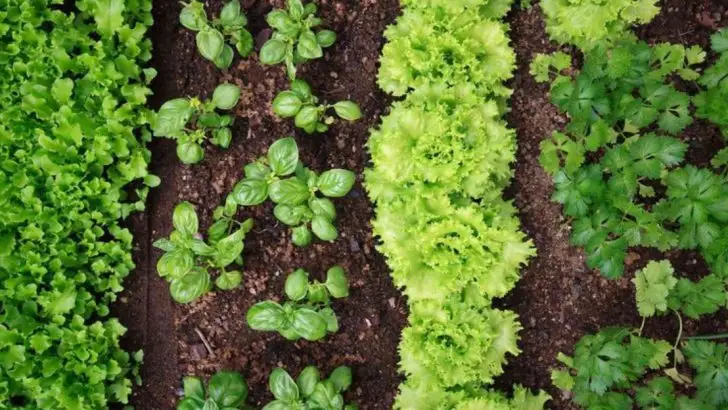Wouldn’t it be amazing to harvest fresh produce and enjoy a thriving garden all year round? With the right strategies, you can extend your growing season, protect your plants from harsh weather, and maximize your yield no matter the time of year. Whether you’re growing in raised beds, greenhouses, or indoor containers, year-round gardening is absolutely possible with a little planning and the right techniques.
By selecting cold-hardy crops, using season extenders, and rotating plantings strategically, you can ensure a continuous supply of fruits, vegetables, and herbs throughout the seasons. Plus, proper soil management and organic methods will keep your garden productive and healthy year after year.
In this article, we’ll share 12 expert tips for gardening all year round, helping you get the most out of your garden and enjoy fresh, homegrown produce no matter the season!
Plan Seasonal Crops
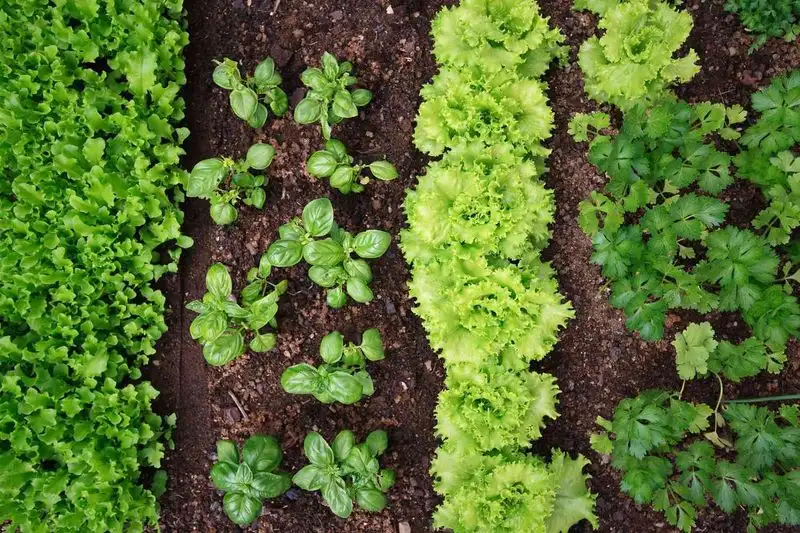
Smart gardening starts with understanding the seasons. By planting crops suited to each season, you ensure a continuous harvest. Consider cool-weather plants like kale and broccoli for the winter months. As the temperature rises, switch to heat-loving tomatoes and peppers. Rotate your crops to optimize soil nutrients and reduce pest problems. Planning your planting calendar is crucial, allowing you to make the most of each growing season. Leverage online resources to help you select the right crops for your region and climate. With careful planning, your garden can thrive throughout the year.
Compost for Soil Health
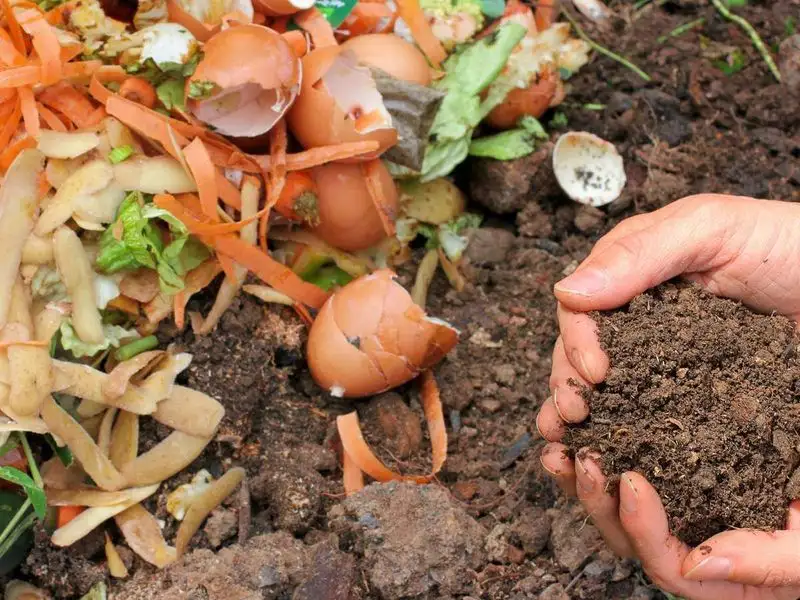
Healthy soil is the foundation of a productive garden. Composting transforms kitchen scraps and yard waste into nutrient-rich soil amendments. This process not only enriches the soil but also encourages beneficial microorganisms. Start small, using a bin or a corner of your yard. Keep the compost moist and aerate regularly by turning it. Soon, you’ll have a steady supply of compost to boost your garden beds. Using compost helps retain moisture, cut down on chemical fertilizers, and improve plant health. It’s an eco-friendly way to recycle waste and enhance your harvest.
Utilize Mulching Techniques
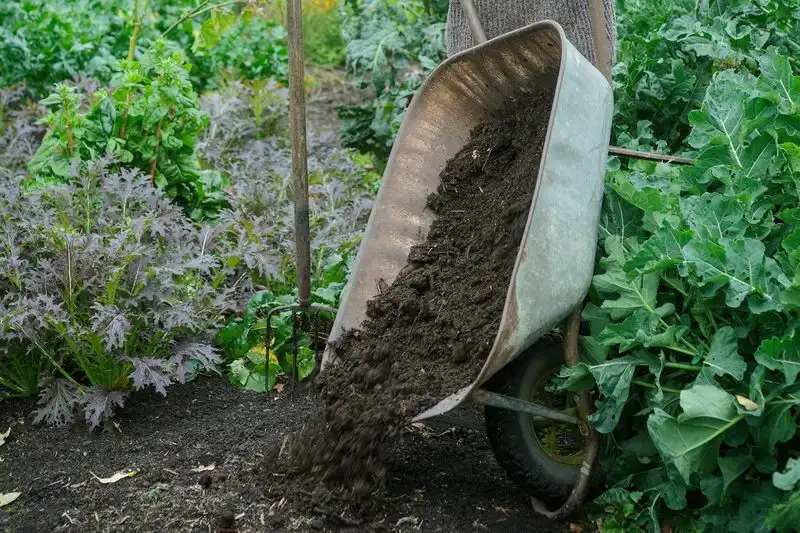
Mulching is a simple yet effective way to conserve moisture, suppress weeds, and regulate soil temperature. Organic mulches like straw, wood chips, or leaves decompose over time, adding nutrients back into the soil. Apply mulch around your plants, ensuring a thick enough layer to be effective but not smothering. This technique also reduces the need for frequent watering, making your garden more sustainable. Explore different materials to find what works best for your plants and climate. Mulching not only promotes root health but also gives your garden a tidy, well-cared-for look.
Practice Crop Rotation
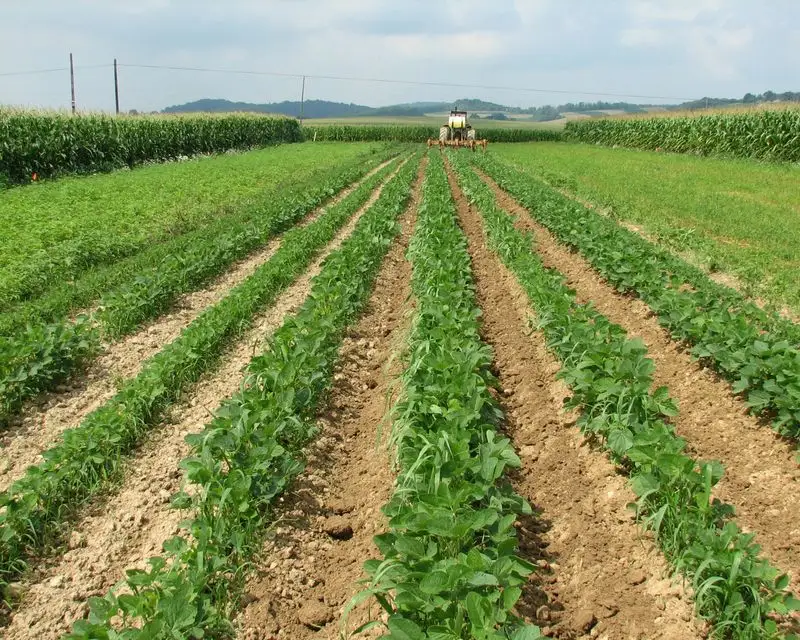
Crop rotation is a time-tested strategy to prevent soil depletion and reduce pest issues. By changing the location of plant families each year, you disrupt pest life cycles and improve soil fertility. Start by grouping plants with similar nutrient needs and rotate them annually. For instance, follow nitrogen-heavy crops with nitrogen-fixing legumes. This practice limits soil erosion and promotes biodiversity in your garden. Keep a garden journal to track your rotations and adapt your plan as needed. It’s a proactive approach that leads to healthier plants and increased yields.
Extend the Growing Season
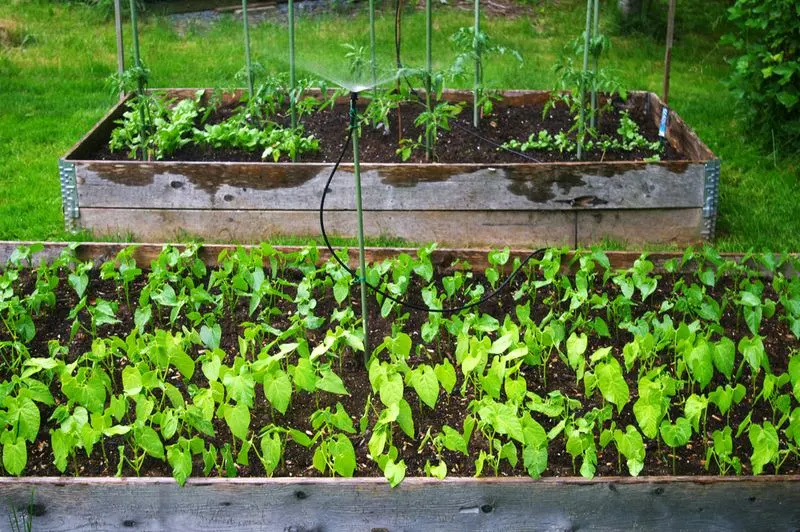
Extending your growing season allows you to enjoy fresh produce beyond the traditional timeframe. Simple solutions like row covers, cold frames, or greenhouses can protect your plants from frost and extend harvests. These structures moderate temperatures and shield plants from harsh weather. Consider investing in a small greenhouse to start seedlings early or grow heat-sensitive crops longer. By creating a controlled environment, you can optimize growth conditions and achieve a continuous supply of fresh produce. Experiment with different techniques to find the best fit for your gardening goals.
Implement Watering Strategies
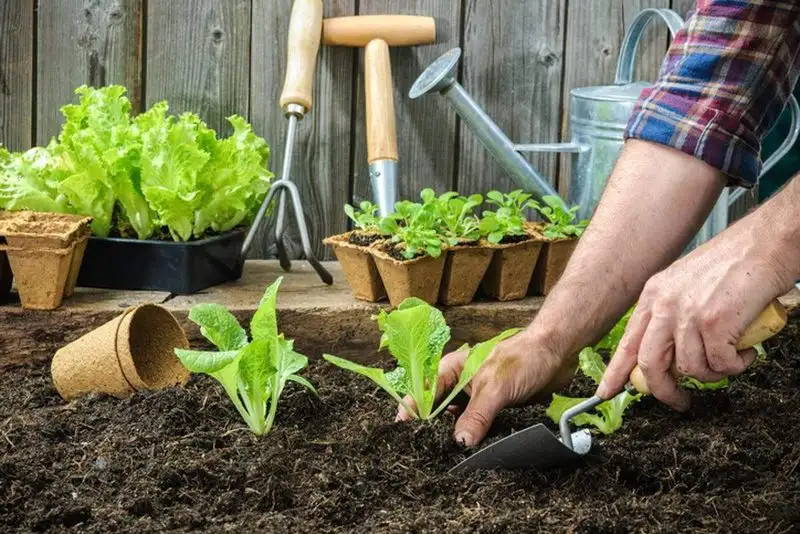
Efficient watering is key to sustaining a healthy garden. Drip irrigation and soaker hoses deliver water directly to the roots, minimizing evaporation and conserving resources. These systems allow for consistent moisture levels, crucial for plant growth. Schedule watering early in the morning or late in the evening to reduce water loss. Consider rainwater harvesting to supplement your supply. Adjust your watering strategies based on weather conditions and plant needs. By optimizing how you water, you not only save water but also promote stronger, more resilient plants.
Choose Perennial Plants

Perennials are an excellent choice for sustainable gardening. These plants return year after year, reducing the need for replanting and saving you time and effort. They offer diverse textures and colors, adding visual interest to your garden. Invest in hardy perennials that suit your climate, and mix them with annuals for variety. As they establish, perennials often require less maintenance, making them an ideal choice for busy gardeners. They also support local ecosystems by providing habitats for pollinators. With perennials, your garden can thrive with minimal intervention.
Incorporate Companion Planting
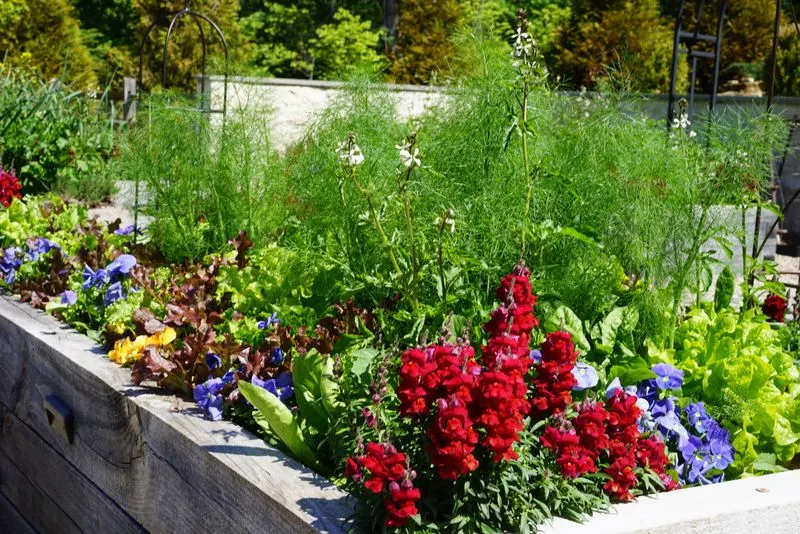
Companion planting is a strategic method to enhance plant growth and deter pests naturally. Certain plant combinations, like marigolds with tomatoes, can boost productivity and repel harmful insects. By understanding which plants support each other, you create a more balanced and resilient garden. This technique also improves soil health and can enhance flavors of produce. Experiment with different pairings to find what works best in your garden. Companion planting is a symbiotic approach to gardening that fosters biodiversity and encourages natural pest control.
Pest Management with Natural Methods

Managing pests naturally is essential for an eco-friendly garden. Encourage beneficial insects like ladybugs and lacewings by planting diverse species. These predators help control aphid populations and other pests. Use insect-repelling plants like basil or chives to deter unwanted visitors. Regularly inspect your plants for signs of pest activity and act early to prevent infestations. Homemade sprays, like neem oil, offer safe alternatives to chemical pesticides. Natural pest management promotes a healthier garden ecosystem and safer produce. It’s a sustainable approach that keeps your garden thriving.
Optimize Light Exposure
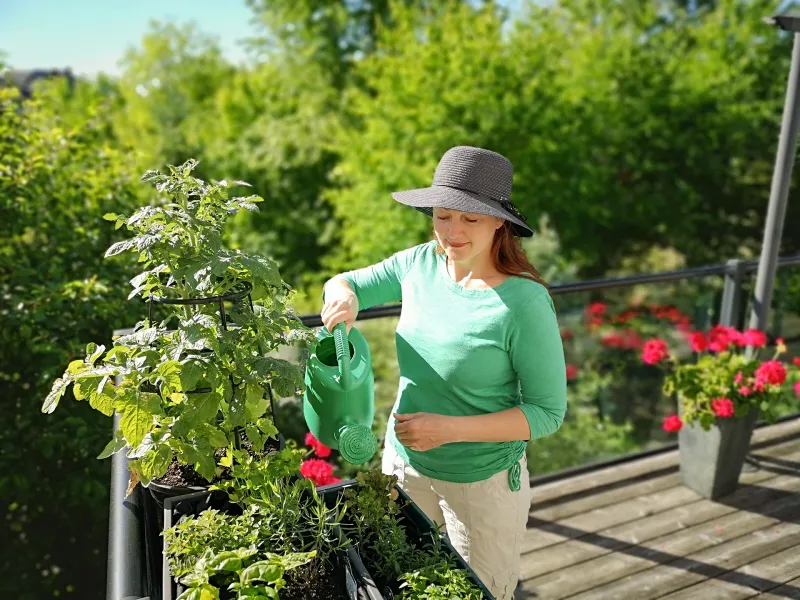
Light is a crucial element for plant growth. Ensure your garden receives the right amount of sunlight by observing how it moves across your space. Arrange sun-loving plants where they’ll get ample light, while shade-tolerant species can thrive in less sunny areas. Consider reflective surfaces or pruning to improve light exposure for all plants. Adjust plant positions seasonally to make the most of available sunlight. Understanding your garden’s light dynamics helps create a balanced environment for diverse plant species. It’s a key factor in maximizing your garden’s potential.
Create a Pollinator-Friendly Environment
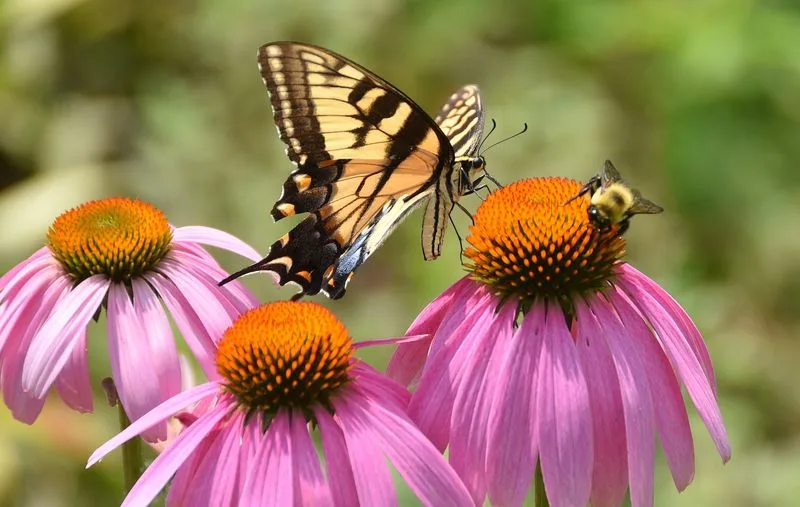
A pollinator-friendly garden is vital for a fruitful harvest. Bees, butterflies, and other pollinators play a critical role in plant reproduction. Plant a variety of flowers that bloom at different times to provide a constant food source. Native plants often attract local pollinators more effectively. Avoid pesticides that can harm these beneficial creatures. Incorporating water features or shelter can further support pollinator health. By creating a welcoming environment, you encourage biodiversity and improve crop yields. It’s a rewarding aspect of gardening that benefits both your plants and the ecosystem.
Maintain a Garden Journal
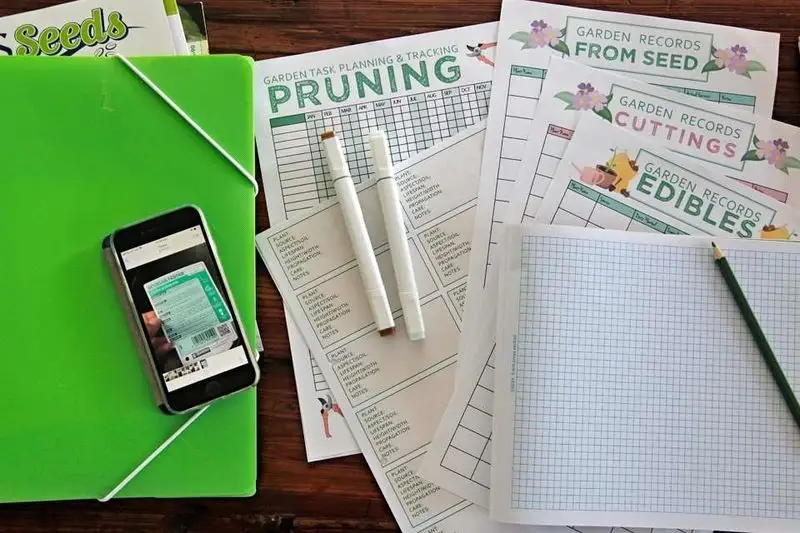
Keeping a garden journal is an invaluable tool for any gardener. Documenting your planting dates, weather patterns, and observations helps refine your strategies over time. Note successes and challenges to learn what works best. This record becomes a personalized guide, aiding future planning and decision-making. Sketch garden layouts, jot down ideas, and track plant growth. Regular journaling fosters a deeper connection with your garden and enhances your observational skills. It’s a reflective practice that leads to continual improvement and a more rewarding gardening experience.

